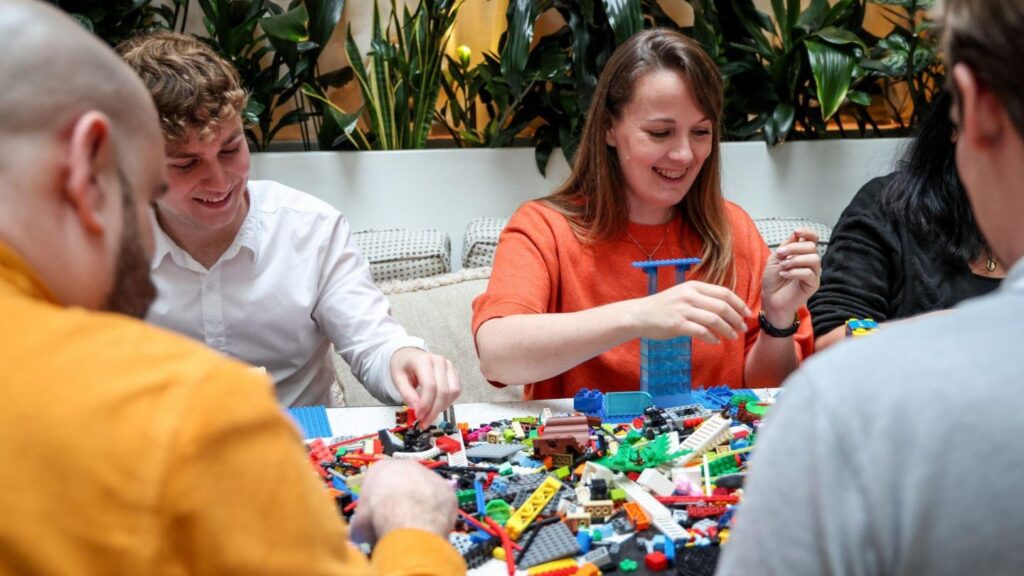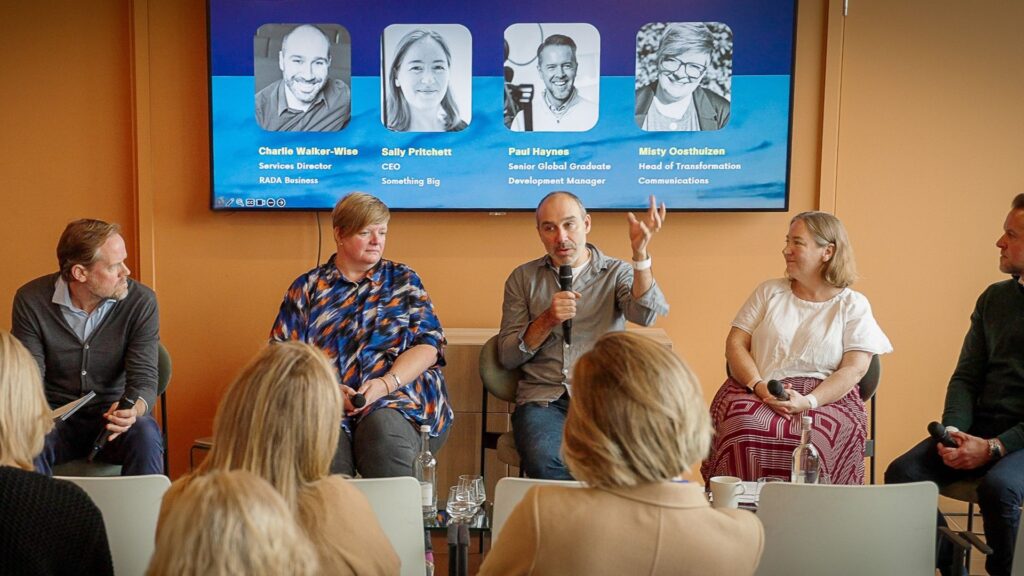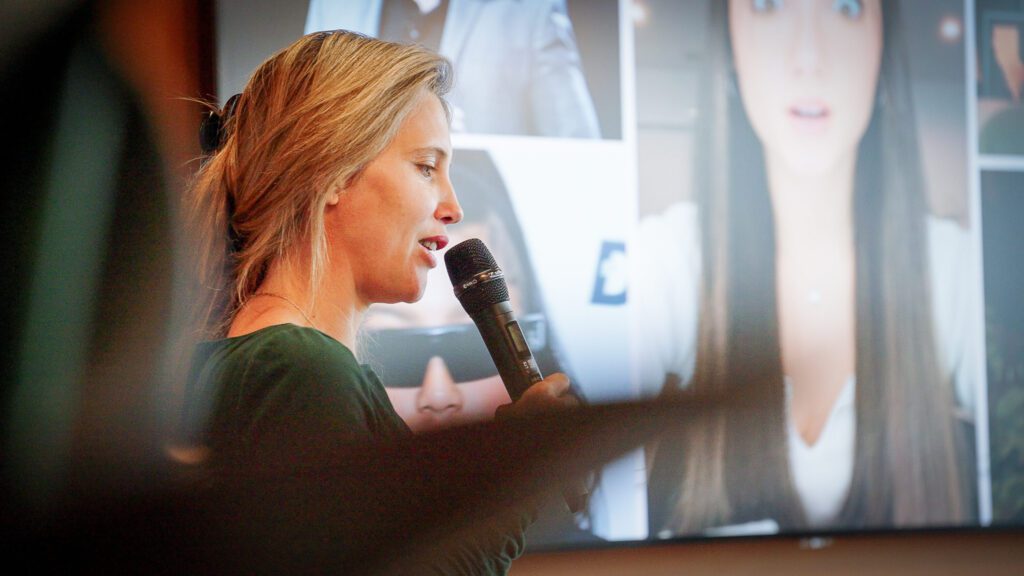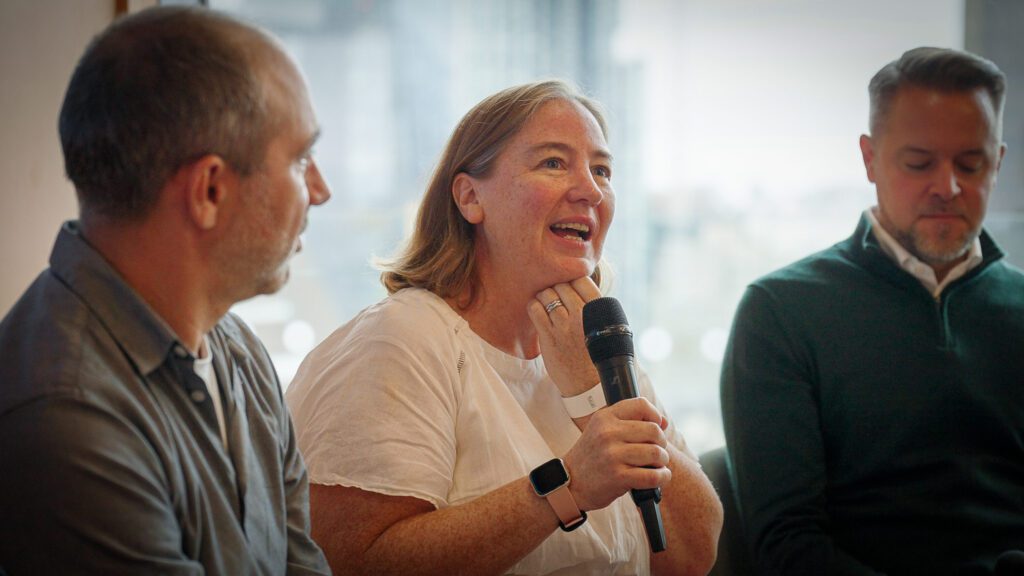Engage and Lead Through Change: How to Communicate with Intention
Why Creativity Needs Stimulus

Imagine if you were born into a completely empty white room. No music, no books, no art, no conversation. Just blank walls and the distant hum of nothingness. Like a lonely lemon sitting in a fridge. Brrr. Creativity isn’t born in a vacuum—it’s the direct result of everything we absorb from the world around us.
Stimulus is the fuel of creativity, and integral to the SHaPe formula for creative thinking. It’s everything we see, hear, touch, taste, and experience. It’s the film that made you cry when you were thirteen, listening to a song for the first time, listening to a song for the hundredth time, the smell of your grandmother’s kitchen, the city that felt like home the moment you stepped into it. It’s everything that makes you stop and think, or better yet, makes you feel something.
The Embodiment of IRL
In an age where we are bombarded with digital content, real-life experiences—the things we touch, smell, hear, and taste in the physical world—are more important than ever. Digital stimulus is quick, convenient, and infinite, but it’s also fleeting. The best creative minds know that true inspiration often comes from the things that require presence, curiosity, and engagement.
Think about the last time you felt truly inspired. Was it scrolling through an endless feed of similar content, or was it a conversation with someone who saw the world differently? Was it a recommendation by an algorithm, or was it the sound of rain hitting cobblestones in a city you’d never been to before?
Where to Find Stimulus (Hint: Everywhere)
• People – Every person you meet has a different story, a different perspective. Talk to them. Ask them questions. See the world through their eyes.
• Places – Go somewhere new. It doesn’t have to be a different country; even a different street can change your perspective.
• Art & Culture – Films, books, theatre, live music, street art—anything that makes you pause and react.
• Nature – The patterns in leaves, the colours of a sunset, the stillness of the forest—all of it feeds creativity.
• Challenges – The things that disrupt your normal way of thinking, whether it’s learning a new skill or simply putting yourself in an unfamiliar situation.
How to Use Stimulus Intentionally
Absorbing stimulus is one thing, but using it effectively is another. The best creatives don’t just passively consume—they actively engage. They ask, “What does this make me feel? Why does this resonate with me? How could this idea evolve into something else?”
One of the best ways to sharpen your creativity is to collect and reflect. Keep a notebook, a digital archive, or even a messy folder of screenshots filled with things that spark something in you. Revisit them. Remix them. See what patterns emerge.
Stimulus vs. Overload
It’s easy to assume that more input equals more creativity, but there’s a tipping point. Too much noise can drown out original thought. If your brain is constantly processing a firehose of information, when does it get time to create? That’s why balance is key—taking in the right kinds of stimulus without getting lost in an endless loop of passive consumption.
Creativity isn’t about waiting for ideas to strike. It’s about curating the experiences, conversations, and moments that fill your mind with possibilities. And that’s why SHaPe begins with Stimulus—without it, the rest of the formula falls flat. So go. See something new. Listen to a song you’ve never heard before. Listen to a song you’ve heard loads of times. Read something that challenges you. Talk to someone whose worldview doesn’t match your own. Your next great idea is out there, waiting to be discovered.
And if all else fails? Stand outside and just watch the world happen for a while. You might be surprised at what you find.
Next, explore Headspace—because once you’ve gathered the right stimulus, you need to give your brain the room to do something with it.


